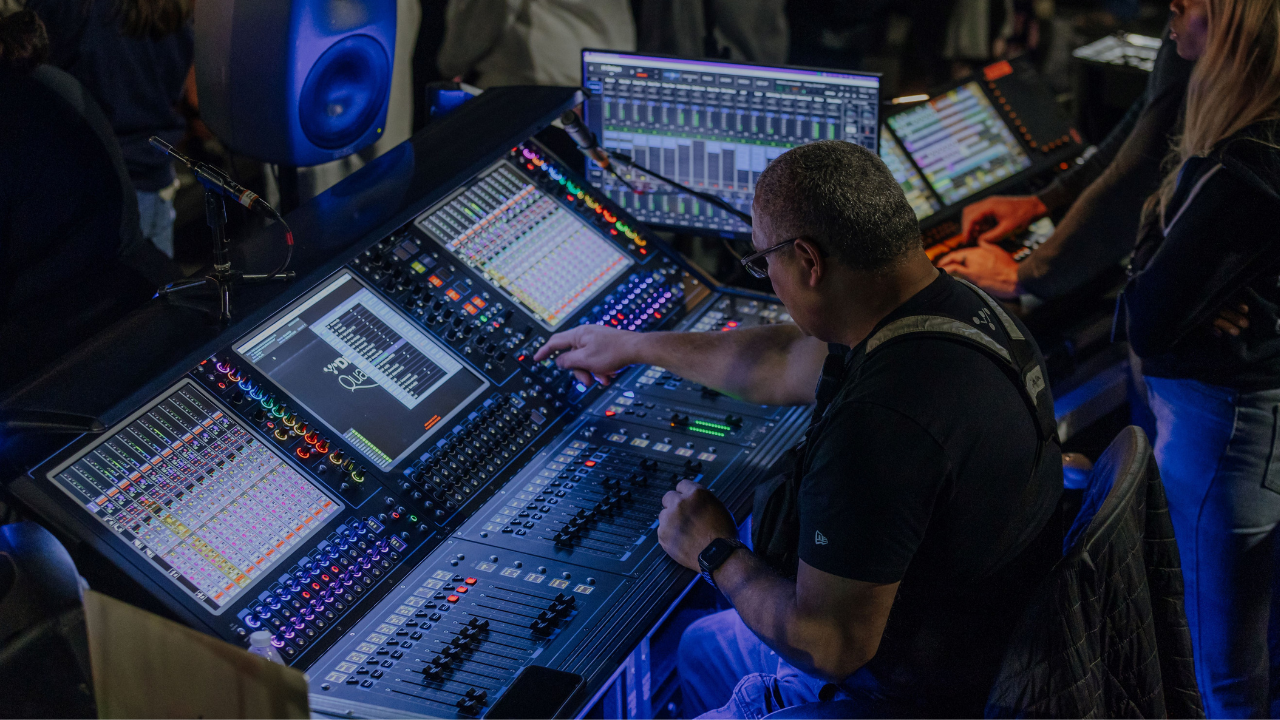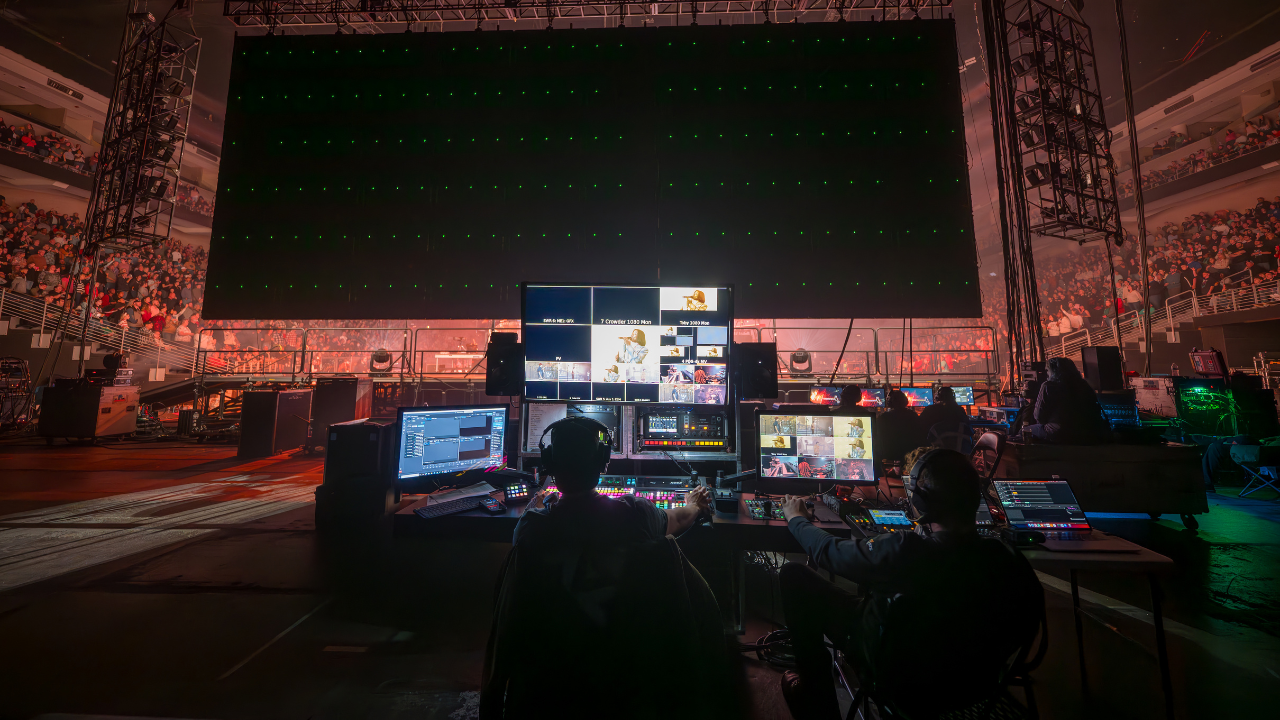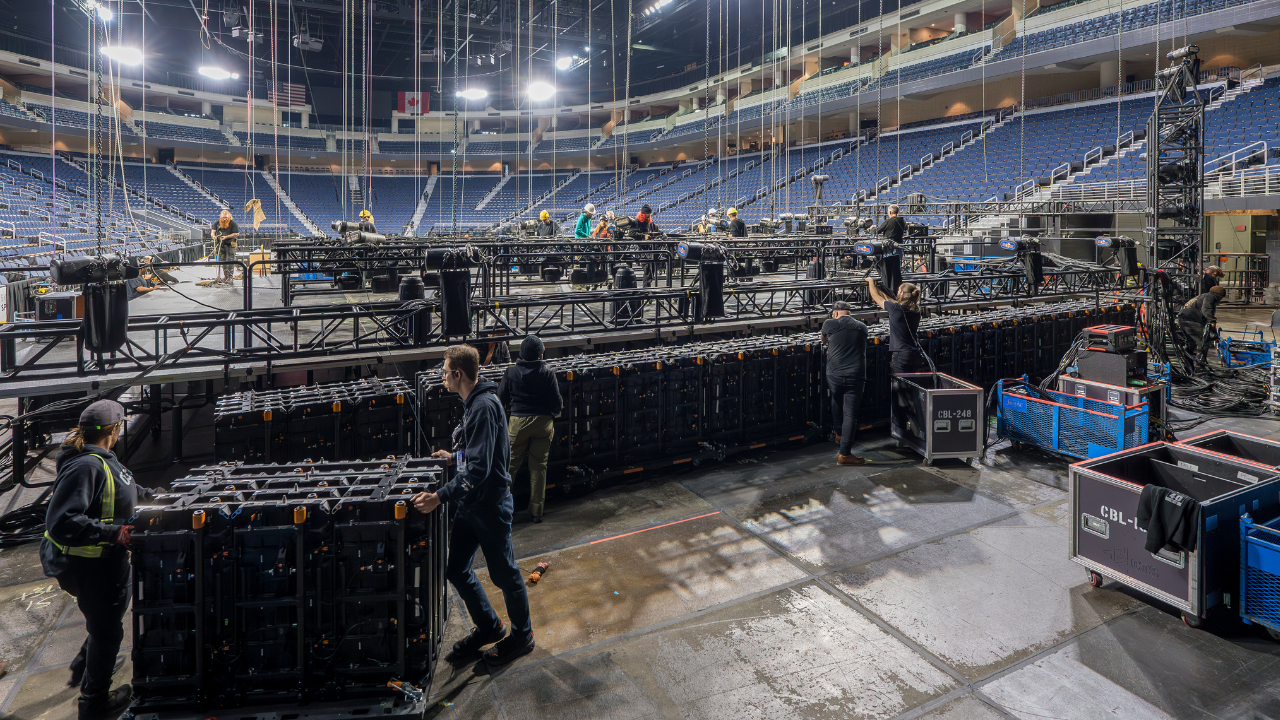How to Prepare For And Troubleshoot Live Event Mishaps
Published on: Monday, September 9, 2024 - 1:47pm

In the world of live events, the unexpected is always a possibility. Whether you’re managing a corporate event or a youth conference, audio, video, and lighting issues can arise, potentially disrupting your meticulously planned program. Here’s how to troubleshoot live event mishaps in real-time, ensuring your event runs smoothly despite any challenges.
Audio, Video, and Lighting Issues in Live Events
During a live event, technical issues can occur without warning. Audio problems such as RF dropout, network failure, or intermittent power can disrupt presentations and performances. Video issues, including projection problems or LED malfunctions, can leave your audience in the dark. Lighting mishaps, like DMX issues or timecode failures, can diminish the event’s visual appeal and affect the overall atmosphere.
Understanding these potential problems is the first step in being prepared to tackle them. Knowing what could go wrong allows you to plan and mitigate these risks effectively.
The Importance of Preparation
Preparation is the cornerstone of a successful live event. This involves prepping all equipment well before the event day. Each piece of audio, video, and lighting equipment should be tested to ensure it’s functioning correctly. Create a detailed load-in plan that outlines the setup process, specifying who is responsible for each task and when it needs to be completed. This ensures a smooth setup and allows for immediate identification of any issues.
Having a backup plan is crucial. Always have spare equipment on hand – extra microphones, cables, and lighting fixtures can be lifesavers if something fails. A well-prepared team knows exactly where to find these backups and how to deploy them swiftly. Furthermore, even better is a team that has tested all backup equipment and made room to store this equipment in an accessible area. This ensures the equipment is available and ready to use if necessary.
Being Prepared for the Unprepared
Despite thorough preparation, unforeseen issues will still arise. Every team member should be trained to handle emergencies calmly and efficiently. Establish clear protocols for common problems, so everyone knows their role when an issue occurs.
Staying calm and collected is essential. A composed team can reassure the client and keep the event on track. Practice scenarios with your team to simulate potential problems and refine your responses. This not only improves your problem-solving skills but also builds team cohesion and confidence.
It’s also important to manage issues with poise and professionalism. If there’s a problem that needs to be resolved before the event, work with your team to generate a solution before connecting with the client. Your client doesn’t need you to shed light on any problems that have arisen – this will only evoke a sense of anxiety or worry, rather than confidence in your team’s abilities to get things done. Clients want their production partner to be proactive in finding ways to fix issues so they feel at ease throughout the entirety of the event.
Real-Time Troubleshooting Techniques
When issues arise during the event, swift and decisive action is needed. For audio problems, always start at the destination and work backwards to find the break in the chain. If a microphone fails, switch to a backup immediately and troubleshoot the faulty unit during a break. For video issues, having a technician monitor the feed can help identify problems early. If a screen goes blank, switching to a backup source or restarting the system can often resolve the issue quickly.
Lighting problems can often be managed by power cycling. However, if you do have to power cycle during rehearsals or during a show, you don’t want too many fixtures tied together because power cycling may become extremely disruptive. Being diligent in how fixtures are grouped together can help reduce the impact of power cycling. In addition, if lighting fixtures aren’t accessible after load-in, you should take some preventative measures to minimize issues. A few steps you can take include: test lights during load-in and before rigging; secure a backup console; and avoid deploying fixtures in positions that won’t be accessible during the event.
Enhance Your Event with CTS AVL
At CTS, we understand the intricacies of managing live events. Our team of experienced technicians is dedicated to ensuring your corporate events and conferences run seamlessly, no matter what challenges arise. With a focus on audio, video, and lighting excellence, we relentlessly prepare and are always ready to troubleshoot any issues in real-time.
Choosing CTS AVL means investing in a partner who values preparation and efficiency as much as you do. Contact us today to learn how we can support your next event, ensuring it’s a success from start to finish.



